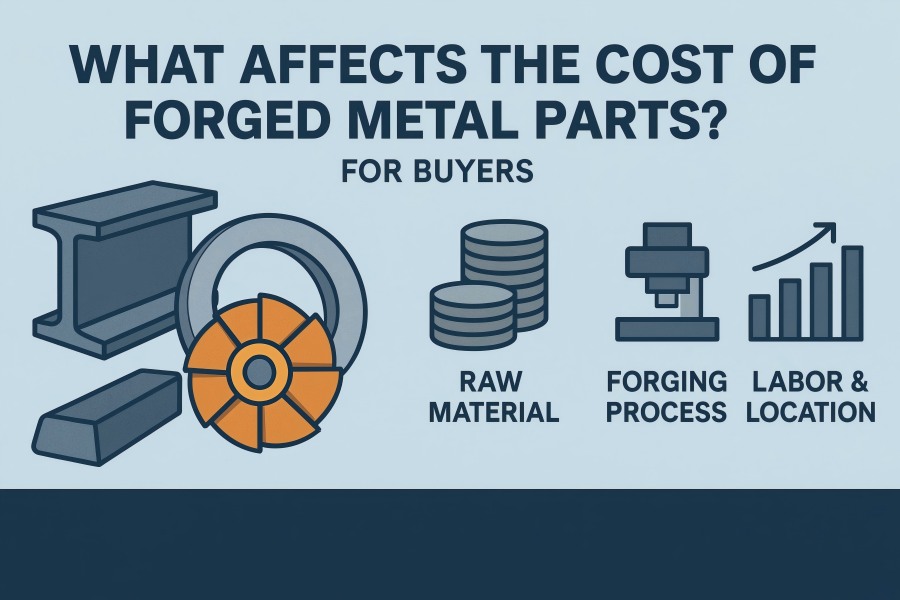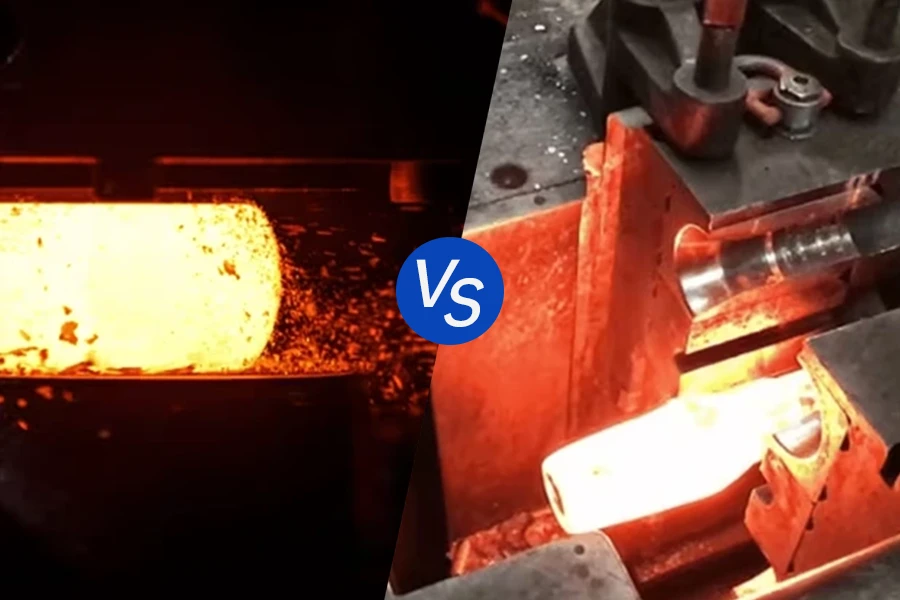Latest Articles

Forged metal parts are critical components across nearly every industrial sector—but understanding their pricing remains a challenge. From aerospace turbines to heavy construction pins, cost variability can leave buyers wondering why seemingly similar components can carry vastly different price tags.
Read More

Forging is a crucial procedure that applies compressive forces on metal to shape it. It may, however, result in flaws that impair the finished product’s functionality and quality. These defects often result from problems with raw materials, improper forging, or insufficient post-forging treatment.
Read More

In the manufacturing industry, choosing the appropriate casting method is essential to guaranteeing that your products are produced effectively, within budget, and to quality standards. Two of the most popular metal casting methods are Gravity Die Casting and Sand Casting.
Read More

Die casting produces precise metal pieces with fine features and smooth surfaces. There are two main methods: die casting in cold chambers and hot chambers. Despite shaping metal, their materials, cycle durations, pricing, and applications are different.
Read More

Investment casting is a technique used to produce very precise and intricately shaped metal pieces. The choice of mold material is critical to the final product’s quality. Two common materials used are water glass and silica sol, each offering distinct advantages based on factors like surface finish, dimensional accuracy, and the type of metal being cast.
Read More

One important technique for shaping metal that has fueled industrial development for ages is forging. The two most popular forging methods are drop forging and upset forging, among others. The cost, production efficiency, and part performance can all be significantly impacted by the process selection.
Read More